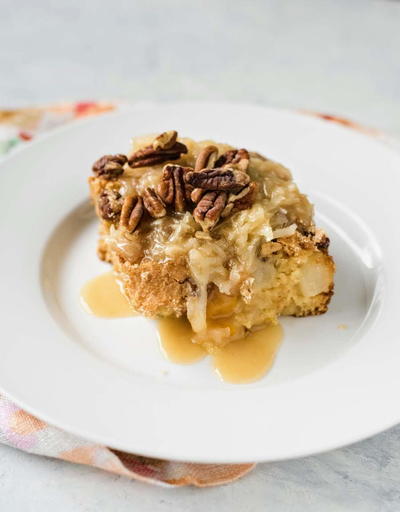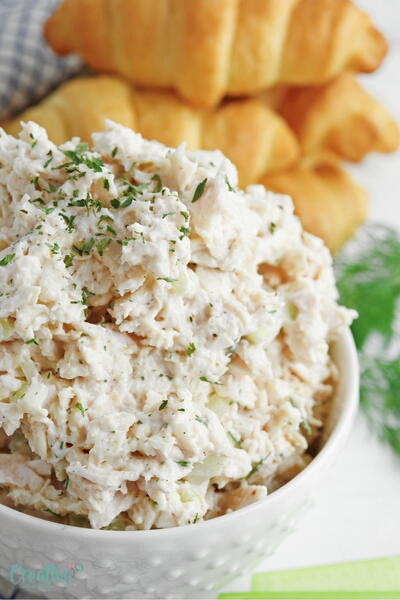Homemade Bacon
Ingredients
- Get your pork - belly is good, as it has plenty of fat to absorb
- flavour, although I literally use every piece except head and ham
- (which are made into Brawn and ham respectively).
Instructions
Cut the pork into manageable slabs - typically 3 or four inches across I find useful. Punch a hole through one end and thread a string/cord through each piece; tie the cord off so that each slab of pork has a hanging-loop (for hanging the bacon up later!). Prepare your brine, enough to immerse the pork; I use a recipe for 80 degree brine (whatever that means!) but I haven't it on me at the moment. Certainly you would want a strong brine - the taste of seawater (apologies if you are in Nebraska and never tasted seawater!! :-). You may also add other flavourings as you would like; Nick keeps his own bees and so has plaenty of honey to use. This caramalises on cooking and leaves a beautiful sweet taste in the mouth.... cloves also give a pleasant taste. Add a teaspoon of saltpetre per gallon of brine. Preferably put your brine in an earthenware pot, but I use a large 5 gallon (imperial) plastic bucket, then immerse the pork. Ensure the pork is immersed at all times. A plate on the top, weighted down with a suitable weight may help. Cover the container. Turn the bacon daily, giving the brine a good stir each time. Brine the bacon for anything between one and two weeks - the longer the brining the saltier the bacon, but it is important to brine it long enough to draw out the water in the pork (the whole point of brining.) At this stage you will have green, or pickled, bacon. It may be eaten like this if preferred. It is unlikely to preserve too well however in this state, so keep it refrigerated and eat it soon, or freeze it, after drying (see later). Now comes the fun part. Build yourself a cold smoker (or buy one - I believe they are available commercially in N. America for around $300. Other contributors here may be able to help. I use an old fridge with a hole in the side through which I pipe (vacuum cleaner hose) the smoke in, and a hole in the top for a chimney. The smoke comes from sawdust (don't use pine dust) smoldering on a metal plate, supported over a HOTfire (well, heat source of some description). A large oil can (2 gallon?) - cleaned!! - captures the smoke, and leads it to the smoker via a vacuum cleaner hose. Total outlay... oh..... #1 for the hose; the rest I found as people were throwing them away. FWIW, this cold smoke can also be used as a hot smoker. Hang the bacon inside the smoker such that it is not touching each other or the sides. Smoke for (say) four hours, but depending on how much smoke is being produced. A small smoke source may require substantially more. It is important to ensure the smoke is cool - too warm and the fat in the pork may run, forming a film over the meat preventing the smoke from penetrating it. This is why the smoke is introduced via a pipe, to keep the smoker away from the heat source. After smoking hang in a cool, dry place where no flies can get to the meat. After drying the bacon for several days, it should have lost much of its moisture. Freeze it, or keep it in a cool, dry, fly-free area. If you find the bacon too salty, soak it overnight prior to use; I find this makes it far more palatable. Experiment with brine strengths and timings... but remember the secret to success is removing the moisture that otherwise (I assume) acts as a medium for parasites.
Read NextItalian Pickled Pigs Feet





